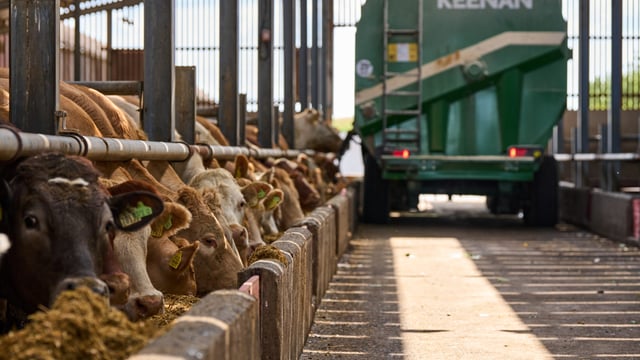HSENI warns of carbon monoxide poisoning risk after storm
With many farms using generators in the aftermath of Storm Éowyn, farmers have been urged to be aware of the dangers of carbon monoxide poisoning.
Carbon monoxide is a colourless, odourless gas that can kill without warning. It is produced by the incomplete combustion of solid, liquid, and gaseous fuels.
Using equipment like kerosene heaters, charcoal grill barbecues, and portable generators indoors can cause high levels of carbon monoxide that may result in carbon monoxide poisoning.
The Health and Safety Executive for Northern Ireland (HSENI) has urged the public, that only equipment designed to be used indoors should be brought inside the home.
Where any fuel-burning equipment is used indoors, there must be good ventilation and a working carbon monoxide alarm.
Symptoms of poisoning can feel like every other day illnesses, and include headaches, nausea, breathlessness, dizziness, collapse, and loss of consciousness.
Before using a generator, the HSENI has advised people to read the manufacturer's instruction manual.
Installing a battery-powered carbon monoxide alarm inside the home will alert homeowners to dangerous levels of the gas but the HSENI has warned that using fans will not prevent a build-up inside.
Using generators indoors also increases the risk of electrocution, or electric shock, according to the organisation.
Connecting a generator to family homes could cause a surge in electricity that might result in injury or death. The HSENI advised that only connecting generators to appliances with heavy-duty extension cords.
The advice is not to overload a generator and to limit the wattage of connected equipment to the allowable loading of the generator. Generators should always be in a place where it is protected from rain or standing water.
Fueling a generator can also increase the risk of fire. Generators should always be fueled outside. Users should ensure there are no flammable materials close to where they place the generator.
Petrol, propane, kerosene, diesel and other flammable liquids should be stored outside living areas in properly labelled containers.
The HSENI added that if fuel is spilled or the container is not sealed properly, invisible vapours from the fuel can travel along the ground and be ignited by the appliance's pilot light or by arcs from electric switches.





